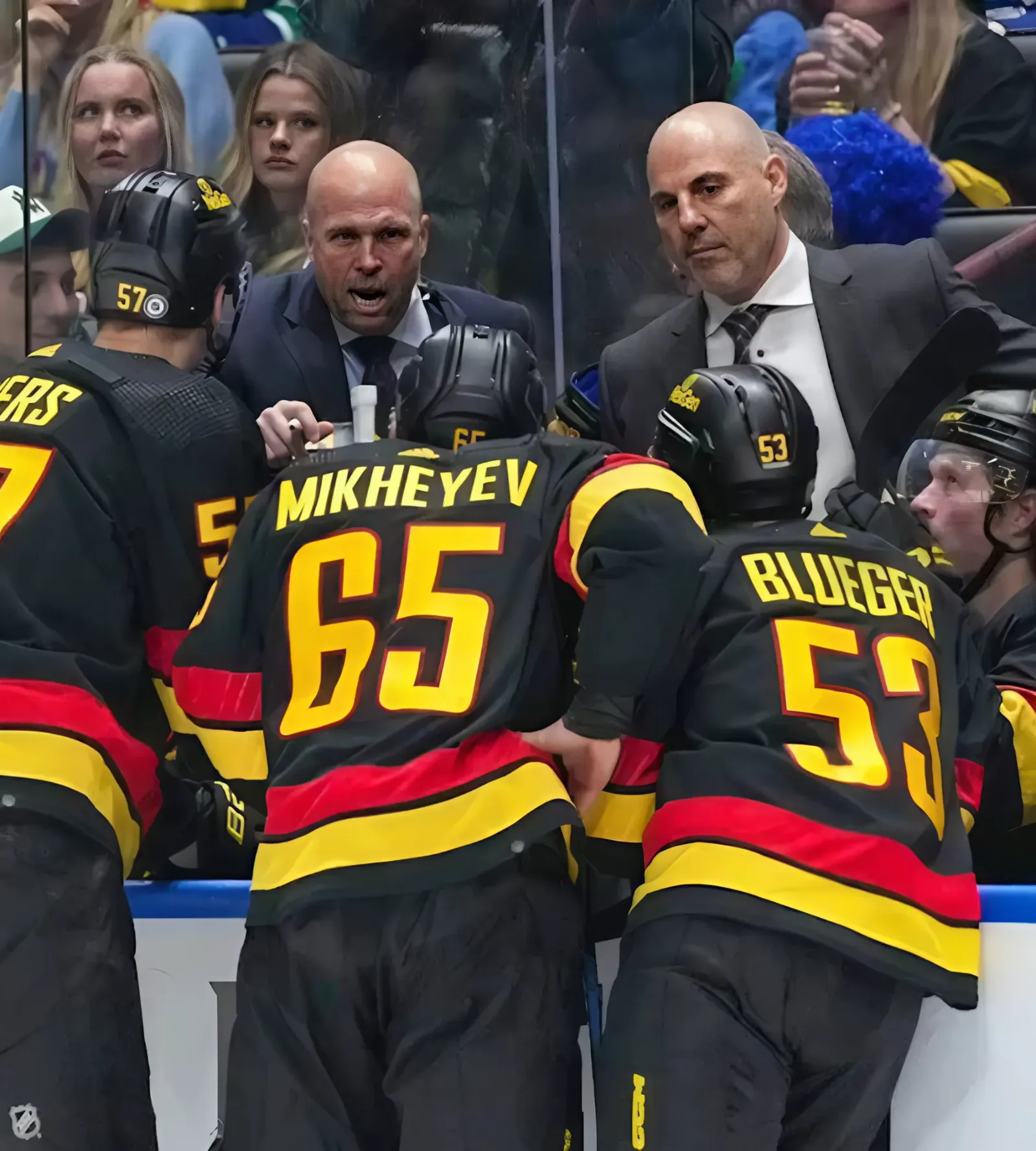From The Silky Mitten State: By now we all know that spending on free agents on July 1st as a means of short-term improvement is a dangerous game, but where exactly does the peril lie?
At this point, it's hardly a revelation to suggest that lavish spending on unrestricted free agency is a dangerous proposition for an NHL team. July 1st's biggest spender doesn't tend to continue on toward sustained contention; instead, to splurge on UFAs tends to be a fast track to having long-term obtrusive contracts to contend with on your books.

May 14, 2024; Sunrise, Florida, USA; Boston Bruins left wing Jake DeBrusk (74) looks on against the Florida Panthers during the first period in game five of the second round of the 2024 Stanley Cup Playoffs at Amerant Bank Arena
© Sam Navarro-USA TODAY Sports
Though many Red Wing fans were frustrated by Steve Yzerman's quiet approach to free agency (a stark contrast to the two previous July 1's), the logic to such a strategy hardly requires much explanation. Most UFA contracts age poorly; Detroit did not wish to marginally improve its short-term prospects while jeopardizing its long-term cap sheet. Yzerman explained as much at his press availability last week, naming term rather than average annual value as the factor that dissuaded him from further UFA expenditure.
On the latest episode of The Silky Mitten State, my co-host Connor Earegood and I discussed the general nature of July 1 free agent spending and the particular contracts that scanned to us as liable to age like milk, with me questioning the logic in a seven-year commitment to Jake DeBrusk by the Kraken and Connor wondering about the Maple Leafs' choice to commit a six-year term to 34-year-old Chris Tanev.




